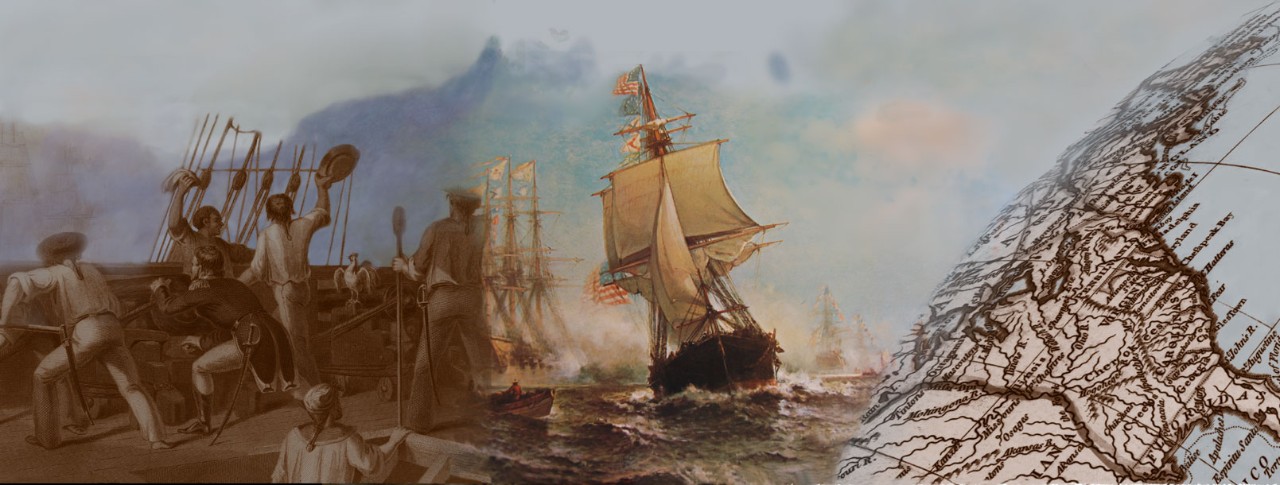
Bauer, Harold W.
Harold William Bauer was born on 20 November 1908 in Woodruff, Kansas. He was appointed from that state to the U.S. Naval Academy and upon graduation in June 1930 was commissioned as a Second Lieutenant in the U.S. Marine Corps. After completing Officers Basic School at Quantico, Virginia, he was assigned to the First Battalion, Sixth Marines. In June 1932, he returned to the Naval Academy for duty and subsequently became Assistant Range Officer at Naval Base, San Diego, California, and Executive Officer of the Marine Detachment on board the heavy cruiser San Francisco. In May 1934, while serving in that ship, he was promoted to First Lieutenant. That December, Bauer reported to Naval Air Station, Pensacola, Florida for flight training, and was designated as a Naval Aviator in February 1936.
In May 1936, First Lieutenant Bauer returned to Quantico for service with Marine Scouting Squadron 7-M (VO-7M). He was promoted in June 1937 to Captain, and spent more than three years with Marine Fighting Squadrons 1 and 2 (VMF-1 and VMF-2). In July 1941, he became the Executive Officer of the newly formed Marine Fighting Squadron Two Hundred Twenty One (VMF-221). In December 1941, upon the United States' entry into World War II, he and his squadron were transported to Hawaii by the aircraft carrier Saratoga. Temporarily promoted to Major in January 1942, a month later he took command of Marine Fighting Squadron Two Hundred Eleven (VMF-211), and in March he became Squadron Commander of Marine Fighting Squadron Two Hundred Twelve (VMF-212) which was soon sent to the New Hebrides. That April, his rank of Major was made permanent and in August he was promoted to Lieutenant Colonel.
During August and September 1942, Lieutenant Colonel Bauer's squadron deployed to the newly captured island of Guadalcanal. In air combat out of that island's Henderson Field during the next few months, Bauer was credited with downing eleven Japanese aircraft, one of them on 28 September and four more on 3 October. On 16 October, arriving over Guadalcanal following a 600 mile flight from Espiritu Santo, he noticed that the seaplane tender McFarland was under air attack. Bauer, though already low on fuel, entered the fray and received credit for destroying four enemy planes. He played an important role in air action during the intense mid-November Japanese offensive against Guadalcanal. Forced to abandon his "Wildcat" fighter on 14 November after shooting down two more enemy aircraft, he was seen in a life raft by other American pilots, but was not found during several days of rescue attempts. For his "extraordinary heroism and conspicuous courage" during the period of his South Pacific service, Lieutenant Colonel Bauer was posthumously awarded the Medal of Honor. Harold W. Bauer is listed on the American Battle Monument Commission's Wall of the Missing at Manila Cemetery, Manila, Philippines.
USS Bauer (DE-1025), (1957-1974), was named in honor of Lieutenant Colonel Harold W. Bauer.
This page features the only image we have concerning Harold W. Bauer.


